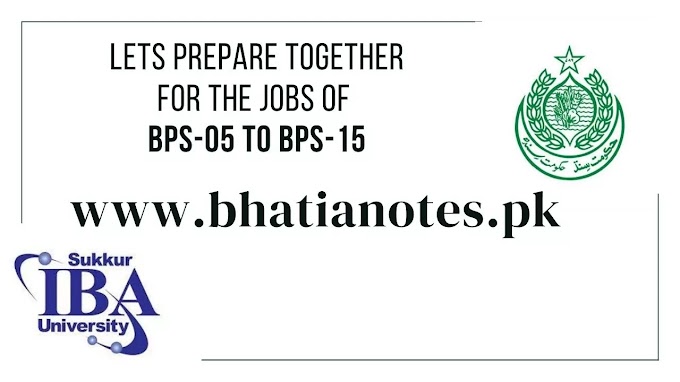Importance of Audiovisual in Teaching
Picture
of a school teacher in the USA
Schools
have made tremendous progress with the increasing use of audio-visual aids,
but there is still much more that can be done to improve the teaching-learning
process. While the term “audio-visual” has been used for many years, it
wasn’t until recent technological advances that the concept came into focus.
The emergence of smartphones and mobile devices such as iPads and smartphones,
along with new tools for computer and hardware programming, has added an entirely
new level of accessibility and ease for teachers and students to interact in an
online or on-site manner. Furthermore, various ways that people communicate,
whether it be through their phone or by mail, also make them less likely to
miss out on what’s happening in one another’s houses.
The
educational technology community has come up with a plethora of solutions and
resources to help increase student achievement. One of these solutions is
distance learning. Distance learning refers to the educational mode (lectures,
simulations, discussions) that are given to students at one location and then,
after the lesson is completed, are brought back to the initial location where
the information was taught. This way of education provides the benefits of
traditional distance learning while not having to spend time away from your
classroom, but at the same time, you don’t have to physically go to any place.
There is, however, a downside to distance learning. As opposed to other instructional
modes like textbooks or lectures, distance learning in-person classes are often
shorter or less frequent than traditional classroom settings.
However,
there are several advantages of distance learning. First and foremost is the
fact that distance learning does enable teachers and students from different
cities or countries to participate in classes in the same setting. It is quite
common for people from different parts of the world to travel to attend a class
in person. However, distance learning enables people from one area to be able
to interact with the teacher or the students from another area. More so,
distance learning takes the pressure off the teacher as they can now allow the
students and themselves some flexibility with terms and conditions of the
lesson, which is the norm when you’re using a textbook. For example, a teacher
working with very young children will likely feel comfortable giving them tasks
that require a particular skill that is lacking in them. Nowadays, with
distance learning comes more autonomy and choice than in traditional classrooms,
which may not even allow students to know they are participating in a class.
Secondly, distance learning enables teachers and students to work together
towards a shared goal, for example, creating a collaborative book club, group
projects, or studying in small groups. Students may even be able to solve
problems as part of the course and become active collaborators within their
schools and communities. Together with this, distance learning gives rise to
greater cross-cultural cooperation, which may eventually lead to improved
outcomes across multiple fields or disciplines. Lastly, distance learning
allows teachers and students from diverse areas to be seen by others outside
their own communities, resulting in better understanding and respect for one
another and for communities beyond.
However,
despite all the positives associated with distance learning, there are some
drawbacks too. Firstly, due to the increased independence and autonomy of the
students, they are more prone to get bored with the subject matter. Even those
who have the most intelligent minds usually start getting bored in situations
with small groups or who just want to play games. So, it is important that
students are provided with the right amount of assignments to keep them
engaged. Also, in distance learning, the learning material is somewhat abstract
and sometimes challenging, and difficult to follow. For example, if you teach
an elementary science curriculum to middle school students or introduce math
concepts to high school students, both types of students may not be interested.
It may take longer for them to follow along or grasp the concepts and
knowledge. Thus, it is very important that the language used, content, and
activities selected for the teaching process of your class are aligned with the
overall goals and objectives of the learning session or lecture.
What
do we know for sure?
There
are so many things you can do to make your distance learning sessions unique
and different. You can vary the frequency of the lessons by changing the length
of the session, depending on your needs. You can involve interesting stories,
activities, or questions that push your class members to think and bring them
back for questioning. You can incorporate interactive lessons with live
feedback and group discussion. If you incorporate video conferencing into your
teaching practice, you can also create presentations made up entirely of short
videos and add slides to help your audience digest the information.
Additionally, instead of merely delivering lectures, you can also offer
e-lectures and give students a choice and freedom. On top of that, you can mix
and match courses to suit the needs of your class, giving each student the
ability to choose their own topics and subjects.
While
distance learning is not for everyone, there are some cases where there is no
other available medium by which a teacher or students can learn. These include
low literacy levels, poor lighting, poor technology and an internet connection,
lack of mobility, limited home or hotel rooms, and limited access to computers
or telephones. The good thing about distance learning is that it enables
everyone to feel like they are participating from anywhere in the world, but it
doesn’t necessarily mean that there’s not someone else with which to share
their experiences as well. Learning is never easy, and it requires us to reach
our full potential. Still, we can always find something new to try and share
our views with the world, as long as we remain willing to pay the price.





.png)